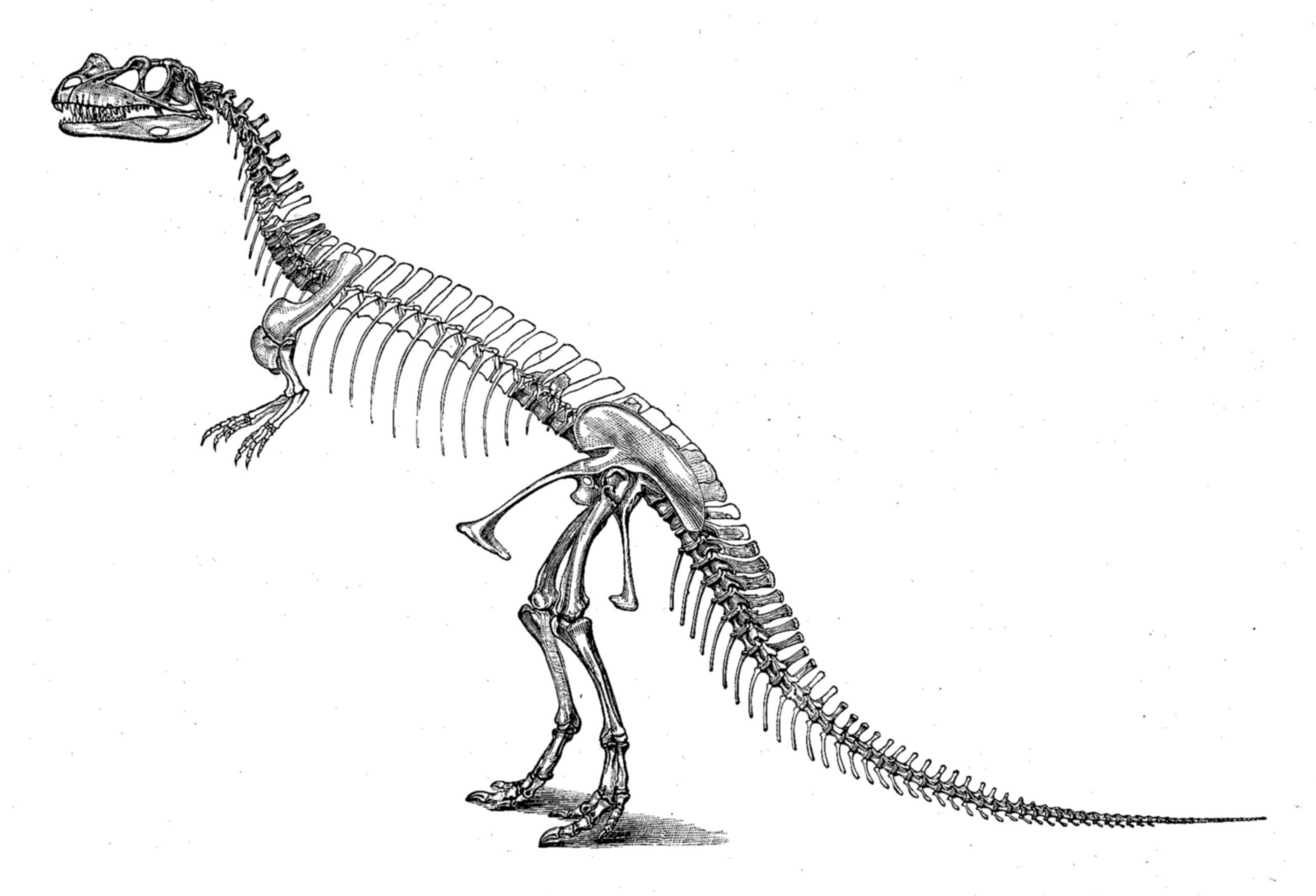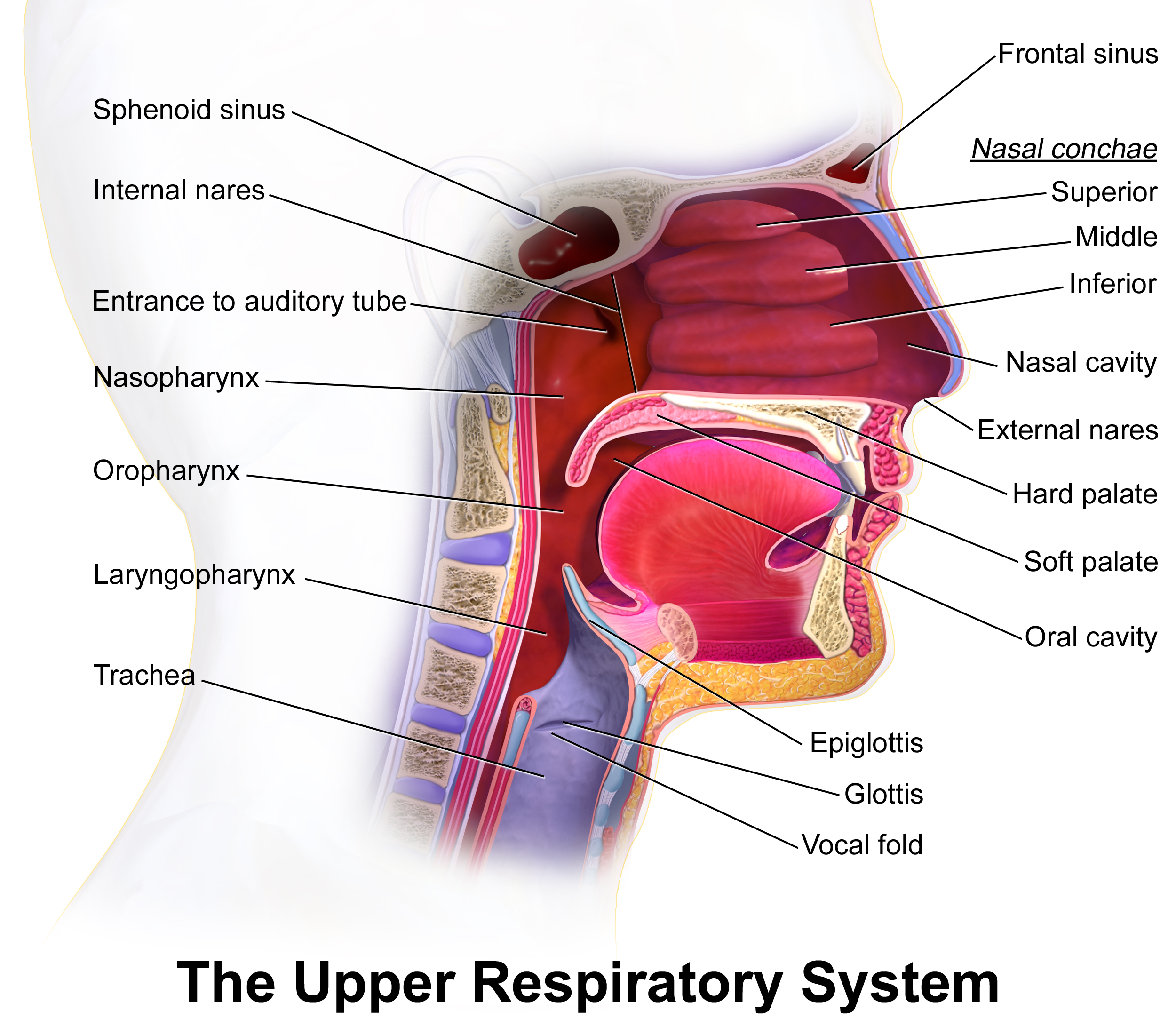|
Lacrimal Bone
The lacrimal bone is a small and fragile bone of the facial skeleton; it is roughly the size of the little fingernail. It is situated at the front part of the medial wall of the orbit. It has two surfaces and four borders. Several bony landmarks of the lacrimal bone function in the process of lacrimation or crying. Specifically, the lacrimal bone helps form the nasolacrimal canal necessary for tear translocation. A depression on the anterior inferior portion of the bone, the lacrimal fossa, houses the membranous lacrimal sac. Tears or lacrimal fluid, from the lacrimal glands, collect in this sac during excessive lacrimation. The fluid then flows through the nasolacrimal duct and into the nasopharynx. This drainage results in what is commonly referred to a runny nose during excessive crying or tear production. Injury or fracture of the lacrimal bone can result in posttraumatic obstruction of the lacrimal pathways. Structure Lateral or orbital surface The lateral or orbital surface i ... [...More Info...] [...Related Items...] OR: [Wikipedia] [Google] [Baidu] |
Orbit (anatomy)
In anatomy, the orbit is the cavity or socket of the skull in which the eye and its appendages are situated. "Orbit" can refer to the bony socket, or it can also be used to imply the contents. In the adult human, the volume of the orbit is , of which the eye occupies . The orbital contents comprise the eye, the orbital and retrobulbar fascia, extraocular muscles, cranial nerves II, III, IV, V, and VI, blood vessels, fat, the lacrimal gland with its sac and duct, the eyelids, medial and lateral palpebral ligaments, cheek ligaments, the suspensory ligament, septum, ciliary ganglion and short ciliary nerves. Structure The orbits are conical or four-sided pyramidal cavities, which open into the midline of the face and point back into the head. Each consists of a base, an apex and four walls."eye, human."Encyclopædia Britannica from Encyclopædia Britannica 2006 Ultimate Reference Suite DVD 2009 Openings There are two important foramina, or windows, two important f ... [...More Info...] [...Related Items...] OR: [Wikipedia] [Google] [Baidu] |
Lamina Papyracea
The orbital lamina of ethmoid bone, (or lamina papyracea or orbital lamina) is a smooth, oblong bone plate which forms the lateral surface of the labyrinth of the ethmoid bone in the skull. The plate covers in the middle and posterior ethmoidal cells and forms a large part of the medial wall of the orbit. It articulates above with the orbital plate of the frontal bone, below with the maxilla and the orbital process of palatine bone, in front with the lacrimal, and behind with the sphenoid. Its name lamina papyracea is an appropriate description, as this part of the ethmoid bone is paper-thin and fractures easily. A fracture here could cause entrapment of the medial rectus muscle. Additional Images File:Slide4fen.JPG, Orbital lamina of ethmoid bone References External links * - "Orbits and Eye: Bones" * Bones of the head and neck {{Portal bar, Anatomy ... [...More Info...] [...Related Items...] OR: [Wikipedia] [Google] [Baidu] |
Albertosaurus
''Albertosaurus'' (; meaning "Alberta lizard") is a genus of tyrannosaurid theropod dinosaurs that lived in western North America during the Late Cretaceous Period (geology), Period, about 71 million years ago. The type species, ''A. sarcophagus'', was apparently restricted in range (biology), range to the modern-day Canadian province of Alberta, after which the genus is named, although an indeterminate species ("cf. ''Albertosaurus'' sp.") has been discovered in the Corral de Enmedio Formation, Corral de Enmedio and Packard Formations in Mexico. Scientists disagree on the content of the genus, with some recognizing ''Gorgosaurus libratus'' as a second species. As a tyrannosaurid, ''Albertosaurus'' was a bipedal predator with tiny, two-fingered hands and a massive head that had dozens of large, sharp teeth. It may have been an apex predator in its local ecosystem. While ''Albertosaurus'' was large for a theropod, it was much smaller than its larger and more famous relative ... [...More Info...] [...Related Items...] OR: [Wikipedia] [Google] [Baidu] |
Ceratosaurus
''Ceratosaurus'' (from Greek κέρας/κέρατος, ' meaning "horn" and σαῦρος ' meaning "lizard") was a carnivorous theropod dinosaur in the Late Jurassic period (Kimmeridgian to Tithonian). The genus was first described in 1884 by American paleontologist Othniel Charles Marsh based on a nearly complete skeleton discovered in Garden Park, Colorado, in rocks belonging to the Morrison Formation. The type species is ''Ceratosaurus nasicornis''. The Garden Park specimen remains the most complete skeleton known from the genus, and only a handful of additional specimens have been described since. Two additional species, ''Ceratosaurus dentisulcatus'' and ''Ceratosaurus magnicornis'', were described in 2000 from two fragmentary skeletons from the Cleveland-Lloyd Quarry of Utah and from the vicinity of Fruita, Colorado. The validity of these additional species has been questioned, however, and all three skeletons possibly represent different growth stages of the same spe ... [...More Info...] [...Related Items...] OR: [Wikipedia] [Google] [Baidu] |
Allosaurus
''Allosaurus'' () is a genus of large carnosaurian theropod dinosaur that lived 155 to 145 million years ago during the Late Jurassic epoch ( Kimmeridgian to late Tithonian). The name "''Allosaurus''" means "different lizard" alluding to its unique (at the time of its discovery) concave vertebrae. It is derived from the Greek (') ("different, other") and (') ("lizard / generic reptile"). The first fossil remains that could definitively be ascribed to this genus were described in 1877 by paleontologist Othniel Charles Marsh. As one of the first well-known theropod dinosaurs, it has long attracted attention outside of paleontological circles. ''Allosaurus'' was a large bipedal predator. Its skull was light, robust and equipped with dozens of sharp, serrated teeth. It averaged in length for ''A. fragilis'', with the largest specimens estimated as being long. Relative to the large and powerful hindlimbs, its three-fingered forelimbs were small, and the body was ... [...More Info...] [...Related Items...] OR: [Wikipedia] [Google] [Baidu] |
Antorbital Fenestra
An antorbital fenestra (plural: fenestrae) is an opening in the skull that is in front of the eye sockets. This skull character is largely associated with archosauriforms, first appearing during the Triassic Period. Among extant archosaurs, birds still possess antorbital fenestrae, whereas crocodylians have lost them. The loss in crocodylians is believed to be related to the structural needs of their skulls for the bite force and feeding behaviours that they employ.Preushscoft, H., Witzel, U. 2002. Biomechanical Investigations on the Skulls of Reptiles and Mammals. Senckenbergiana Lethaea 82:207–222.Rayfield, E.J., Milner, A.C., Xuan, V.B., Young, P.G. 2007. Functional Morphology of Spinosaur "Crocodile Mimic" Dinosaurs. JVP. 27(4):892–901. In some archosaur species, the opening has closed but its location is still marked by a depression, or fossa, on the surface of the skull called the antorbital fossa. The antorbital fenestra houses a paranasal sinus that is confluent with ... [...More Info...] [...Related Items...] OR: [Wikipedia] [Google] [Baidu] |
Amphibian
Amphibians are four-limbed and ectothermic vertebrates of the class Amphibia. All living amphibians belong to the group Lissamphibia. They inhabit a wide variety of habitats, with most species living within terrestrial, fossorial, arboreal or freshwater aquatic ecosystems. Thus amphibians typically start out as larvae living in water, but some species have developed behavioural adaptations to bypass this. The young generally undergo metamorphosis from larva with gills to an adult air-breathing form with lungs. Amphibians use their skin as a secondary respiratory surface and some small terrestrial salamanders and frogs lack lungs and rely entirely on their skin. They are superficially similar to reptiles like lizards but, along with mammals and birds, reptiles are amniotes and do not require water bodies in which to breed. With their complex reproductive needs and permeable skins, amphibians are often ecological indicators; in recent decades there has been a dramat ... [...More Info...] [...Related Items...] OR: [Wikipedia] [Google] [Baidu] |
Nasal Bone
The nasal bones are two small oblong bones, varying in size and form in different individuals; they are placed side by side at the middle and upper part of the face and by their junction, form the bridge of the upper one third of the nose. Each has two surfaces and four borders. Structure The two nasal bones are joined at the midline internasal suture and make up the bridge of the nose. Surfaces The ''outer surface'' is concavo-convex from above downward, convex from side to side; it is covered by the procerus and nasalis muscles, and perforated about its center by a foramen, for the transmission of a small vein. The ''inner surface'' is concave from side to side, and is traversed from above downward, by a groove for the passage of a branch of the nasociliary nerve. Articulations The nasal articulates with four bones: two of the cranium, the frontal and ethmoid, and two of the face, the opposite nasal and the maxilla. Other animals In primitive bony fish and tetr ... [...More Info...] [...Related Items...] OR: [Wikipedia] [Google] [Baidu] |
Tetrapod
Tetrapods (; ) are four-limb (anatomy), limbed vertebrate animals constituting the superclass Tetrapoda (). It includes extant taxon, extant and extinct amphibians, sauropsids (reptiles, including dinosaurs and therefore birds) and synapsids (pelycosaurs, extinct therapsids and all extant mammals). Tetrapods evolved from a clade of primitive semiaquatic animals known as the Tetrapodomorpha which, in turn, evolved from ancient lobe-finned fish (sarcopterygians) around 390 million years ago in the Middle Devonian, Middle Devonian period; their forms were transitional between lobe-finned fishes and true four-limbed tetrapods. Limbed vertebrates (tetrapods in the broad sense of the word) are first known from Middle Devonian trackways, and body fossils became common near the end of the Late Devonian but these were all aquatic. The first crown group, crown-tetrapods (last common ancestors of extant tetrapods capable of terrestrial locomotion) appeared by the very early Mississippian ( ... [...More Info...] [...Related Items...] OR: [Wikipedia] [Google] [Baidu] |
Lobe-finned Fish
Sarcopterygii (; ) — sometimes considered synonymous with Crossopterygii () — is a taxon (traditionally a class or subclass) of the bony fishes known as the lobe-finned fishes. The group Tetrapoda, a mostly terrestrial superclass including amphibians, sauropsids ( reptiles, including dinosaurs and therefore birds) and synapsids (with mammals being the only extant group), evolved from certain sarcopterygians; under a cladistic view, tetrapods are themselves considered a subgroup within Sarcopterygii. The known extant non-tetrapod sarcopterygians include two species of coelacanths and six species of lungfishes. Characteristics Early lobe-finned fishes are bony fish with fleshy, lobed, paired fins, which are joined to the body by a single bone. The fins of lobe-finned fishes differ from those of all other fish in that each is borne on a fleshy, lobelike, scaly stalk extending from the body. The scales of sarcopterygians are true scaloids, consisting of lamellar bone su ... [...More Info...] [...Related Items...] OR: [Wikipedia] [Google] [Baidu] |
Nasal Concha
In anatomy, a nasal concha (), plural conchae (), also called a nasal turbinate or turbinal, is a long, narrow, curled shelf of bone that protrudes into the breathing passage of the nose in humans and various animals. The conchae are shaped like an elongated seashell, which gave them their name (Latin ''concha'' from Greek ''κόγχη''). A concha is any of the scrolled spongy bones of the nasal passages in vertebrates.''Anatomy of the Human Body'' Gray, Henry (1918) The Nasal Cavity. In humans, the conchae divide the nasal airway into four groove-like air passages, and are responsible for forcing inhaled air to flow in a steady, regular pattern around the largest possible of [...More Info...] [...Related Items...] OR: [Wikipedia] [Google] [Baidu] |




.png)

